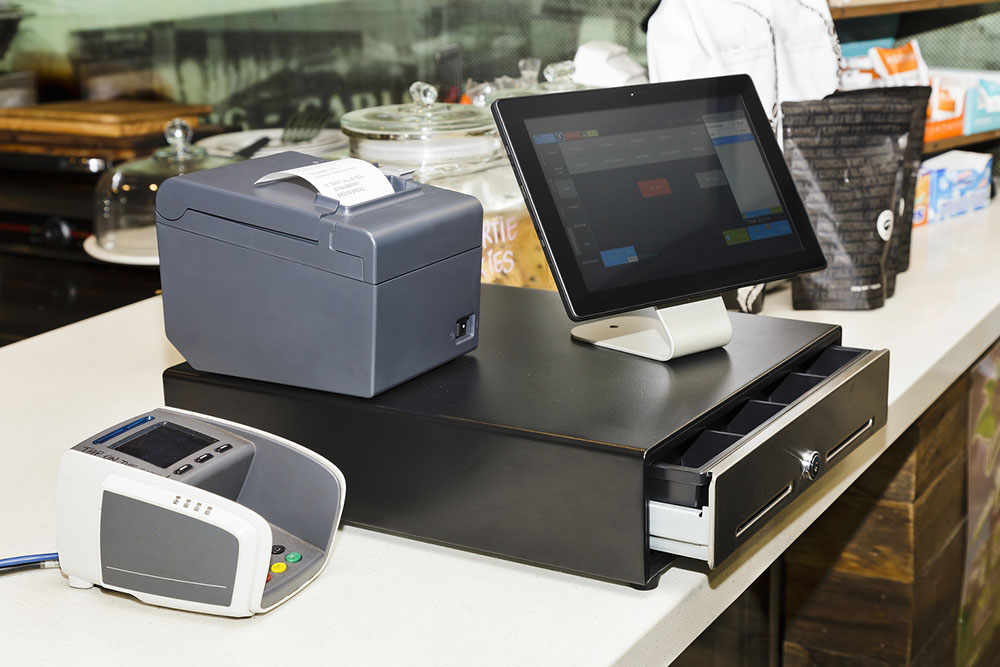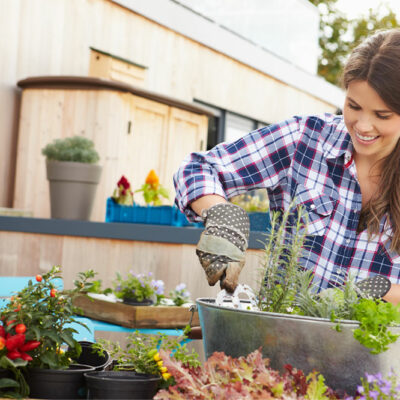
8 reasons POS systems are better than cash registers
A business owner may use a traditional management system, such as a cash register, to manage each transaction. Despite how easy it is to navigate, the system might be unable to track inventory, customer data, and other elements that could prevent one from making informed business decisions. As an alternative today, a business could consider replacing the cash register with a point-of-sale system with several features that make it more viable than a cash register.
1. Detailed reports
A POS system could help quickly store and manage more information than a traditional cash register. The process ensures that business owners, managers, or employees can quickly extract vital reports from all outlets or terminals from a central location, such as a back office. The system might also allow the business to draw reports remotely from any terminal, which ensures one is up-to-date with information on factors like sales, time logs, and stock.
2. Improved checkout speeds
A POS system enables cashiers to quickly scan, modify , and complete transactions with the help of hardware, including a scanner/scale or a barcode scanner connected to the system. The process could be up to 20 times faster than entering the data manually. For instance, 12 data characters may take 6 seconds to input with a keyboard, whereas a barcode scanner may complete the task in 3 seconds or less. Additionally, the system makes processing refunds, voids, or no sales easier with the help of automation.
3. Easy inventory tracking
A point-of-sale system enables businesses to track inventory accurately. A business owner, manager, or employee could precisely track the number of times each item sells. The data could also be used to make accurate inventory counts and get detailed product and service information. A POS system typically lets a business track inventory and count with the same program. Compared to a cash register that requires manually typing data into programs, the point-of-sale system lets one automate these data entry processes to benefit the business.
4. Better accuracy
Human errors are common when it comes to handling transactions with a cash register in real time. The number of mistakes could be higher if the footfall at a store is higher than expected. On the contrary, a POS system is pre-programmed to handle various tasks, which could help reduce errors. While one might still notice the occasional mistake, the error rate for a bar code ranges from one substitution error in every 36 trillion characters scanned in comparison to one substitution error in every 300 characters in a manual entry. So, one could cut down on massive costs over time where re-keying information or identifying the incorrect cost is concerned.
5. Several payment options
Cash is part of most transactions at a store, but it continues to become less popular each year. Today, people may prefer transaction options such as contactless payments via a smartphone, credit cards, and debit cards. Some may even find it easier to make contactless payments through a compatible smartwatch. Here’s where a POS system shines. It allows a business to expand and include the most modern payment methods in the system, which gives customers the freedom to choose the type of payment option they wish to use for each purchase.
6. Easy price alternations
A POS system makes changing prices on the go significantly quick and simple. The cost of each product is stored in a database, which can be retrieved easily with a simple product scan. A POS system could help change the price of an item on all terminals through a simple process at the back office. A business owner or manager could also make this change remotely. Moreover, various systems allow the business to modify shelf labels for the items, which feature the new price directly, without needing to put a new price on them physically. For instance, one could use a digital board to display the price of a product and alter the price based on sales and demand without requiring a printed label.
7. Available scalability
A POS system can scale its software abilities to meet the specific needs of a business as it grows. A new business might benefit from using basic software. However, when the business grows, one could upgrade the software to include add-ons, modules, and other peripherals to expand the system and handle client traffic. For instance, if an establishment has two checkout lanes in a store but notches a higher footfall, one could quickly add and integrate more lanes and terminals with the POS system to manage customer requirements.
8. Remote management
One should consider using a POS system if one has multiple stores or hopes to expand. It lets the individual manage all stores from a central location or head office. So, one could pull up important reports and perform maintenance on a single or all of the stores from the central location, which lets one get complete control of the growing business. This also reduces the need for one to travel to each store, which is time-consuming and would drive up costs for the business. Letting users make payments the way they prefer might improve customer satisfaction and help retain them. The versatility of payments could also help a business address the requirements of international customers who wish to purchase specific products or services.


